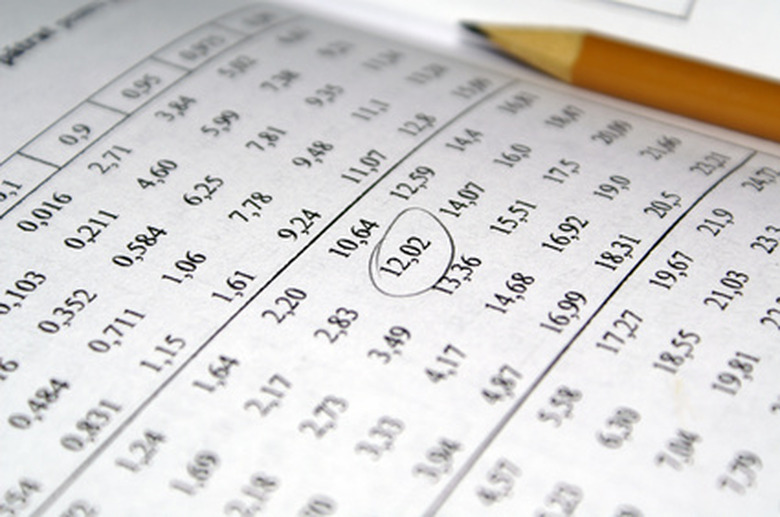Median Salary Definition
The Bureau of Labor Statistics defines the median wage as "the 50th percentile wage estimate–50 percent of workers earn less than the median and 50 percent of workers earn more than the median." It is the center of a range of numbers though not necessarily equally distant from the top and bottom numbers. It is one way statisticians define the centre of a set of data using a number. Other measures used for this are known as the mean and the mode.
Central Tendency
Central Tendency
The central tendency is a measure of the middle of a distribution or numbers, either cardinal (1,2,3,4...) or ordinal (first, second, third...). It refers to various measures of such as the mean, median and mode. Of these, the mean is the most commonly used, though it doesn't always give a balanced picture of what is actually the center of a number range.
Median
Median
The median value for a given set of numbers is the one that has exactly half the data in the set above it and the other half below it. For example, in a set of numbers from 1 to 11, the median value would be 6, because there would be five numbers higher and five numbers lower. The median of an even set of numbers would be expressed using a decimal.
Mean
Mean
The mean, often referred to as the average, is the average value of all the numbers in a given set. It is calculated by adding all the numbers in a given set and then dividing by the total number of items within that set. For example, using the same set of 11 numbers from above, the mean would also be 6. The mean and median are often equal in data sets of normal distribution, which means most of the values fall around the middle, with fewer occurring as the values get higher or lower. The best-known example of normal distribution is the bell curve often seen with students' grades, where a small number have the highest or poorest grades and a larger number have grades that fall in the middle of the range.
Mode
Mode
The mode refers to the number that occurs most frequently in a given set of data. A set of data may have more than one mode. For example, in a set of numbers from 1 to 11, each number would represent the mode, because they all occur once. If the set of numbers were 1, 2, 2, 3, 4, 4, 4, 5, 5, 6, 7, the mode would be 4, because it occurs more than any other number. The mode doesn't necessarily fall near the middle of a given set of numbers. It just indicates the number or numbers that are the most common in that set.
Median Salary
Median Salary
A median salary shows exactly what a person precisely in the middle of all the workers in an occupation would earn because it isn't affected by outliers (a value in a set of data so different from the other numbers that its existence can't be expected based on chance) in the same way that the mean, or average, can be. For example, in a group of five workers who earn $100, $1,000, $10,000, $100,000 and $1,000,000, the mean, or average, salary of those workers would be $222,220, while the median salary would be $10,000. In such an extreme case, the median is a much better indicator of a typical mid-range salary than the mean.
Cite This Article
MLA
Graham, Ian. "Median Salary Definition" sciencing.com, https://www.sciencing.com/median-salary-definition-6545143/. 24 April 2017.
APA
Graham, Ian. (2017, April 24). Median Salary Definition. sciencing.com. Retrieved from https://www.sciencing.com/median-salary-definition-6545143/
Chicago
Graham, Ian. Median Salary Definition last modified March 24, 2022. https://www.sciencing.com/median-salary-definition-6545143/
